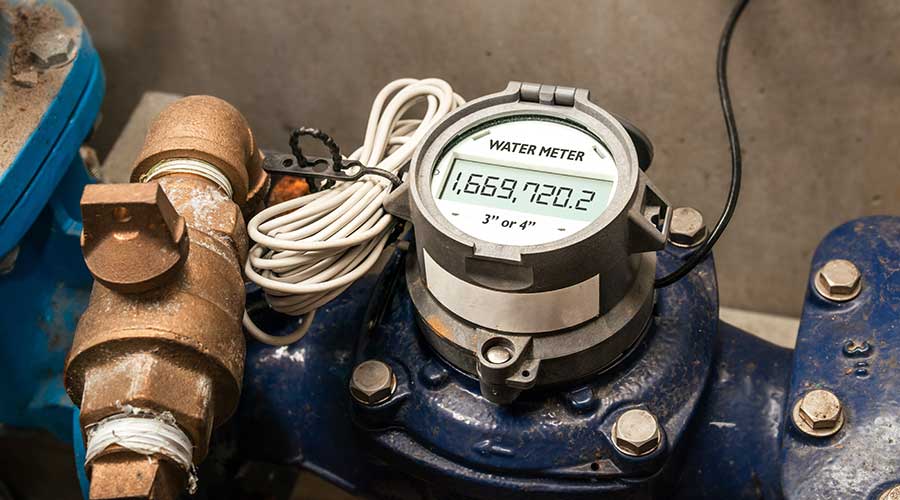In this presentation, Hershel Weiss, chief engineer for Ashokan Water Services highlights the challenges and solutions related to water conservation in building management. Drawing from 27 years of experience, he discusses how facilities managers can monitor and reduce water consumption by using water meters to detect leaks and optimize usage.
While energy management is commonly discussed in facilities management, water is often secondary, yet it requires unique handling and understanding. For instance, climate change impacts water availability in complex ways, causing droughts in some areas and flooding in others. With an increase in severe storms, many areas are investing more in sewer systems, which indirectly raises water rates as towns fund these infrastructure improvements. In certain regions, climate change has actually improved water access, while in others, it exacerbates scarcity.
Also, unlike energy, water is not typically treated as a commodity, despite being essential and often limited. This leads to slow but steady increases in water prices, largely due to the rising costs of maintenance, chemicals, and employee wages at water companies rather than the cost of the water itself.
The best way to reduce water usage is to track consumption by metering. People will use less water if they pay for what they use. This seminar covers different types of water meters and how they function. For large commercial systems with higher flow rates, turbine meters or compound meters (which combine displacement and turbine functionalities) are often employed. Ultrasonic meters, which measure flow without physical contact, are a high-accuracy option, though they are more costly.
In addition, leaks, which can cause significant increases in water consumption, are a primary concern in large facilities. Weiss provides examples of common sources of leaks, such as cooling towers, boilers, irrigation systems, and equipment like ballcocks in cooling towers. These leaks are often hard to detect, but monitoring water usage trends through meters can alert facilities managers to potential issues.
Weiss also covers three main systems for water meter data collection: pulse-based systems, BMS integration, and cellular-based systems. Pulse-based systems transmit data each time a gallon passes, while BMS integration connects water data to a building’s larger management system, though it requires substantial wiring and technical expertise. Cellular-based systems use cellular transmitters for remote data collection and are often easier to install, though they may incur additional monthly charges.
Log in or join fnPrime to watch the full presentation.





